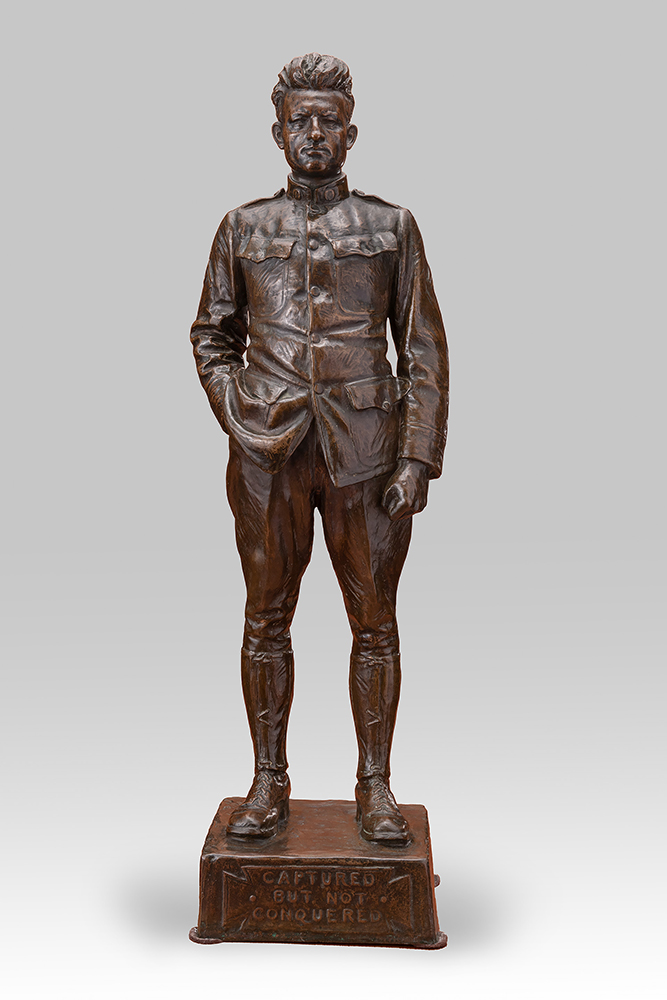It was Nov. 2, 1917.
Soldiers of the U.S. 16th Infantry Regiment, 1st Infantry Division huddled in trenches near Nancy, France in what was supposed to be a quiet sector, allowing for some seasoning of the troops before being moved to the main action. But the quiet abruptly turned deadly.
Opposing Germans raided in force and privates Merle Hay, James Gresham and Thomas Enright were killed – the first U.S. infantrymen to die in combat. Eleven soldiers were captured, the first U.S. prisoners of war. Among them was Sergeant Edgar “Ed” Halyburton.
The prisoners were detained behind enemy lines. “From time to time we were compelled to pose for army photographers,” Halyburton wrote in his memoirs, published in 1932. The photos could be used for propaganda, he later reasoned. But Halyburton wouldn’t play the enemy’s game. “I faced my tormentors defiantly with hands clenched and chin out-thrusted,” he wrote. In one photograph, he put his hand in his breeches pocket – an action U.S. soldiers were trained not to do.
As U.S. troops were quickly amassing in Europe, German propagandists sought to use the moment to their advantage. They distributed the photographs of the prisoners in an effort to demoralize the incoming Allied reinforcements. Included in the photographs was the one depicting Halyburton looking defiantly at the camera with a hand in his pocket and the other clenched in a fist at his side.
Within days, the Allies broadcasted the image internationally for their own propaganda campaigns. At a Boston-area bond-raising drive, it caught the attention of noted American sculptor Cyrus Dallin. Inspired by the story, the sculptor created Halyburton’s bold stance first in plaster, then later in bronze. Dallin titled that moment of defiance against the odds “Captured, But Not Conquered.”
This statue, donated in 2021 to the National WWI Museum and Memorial, is one of the original five bronzes made by Dallin, and is the same sculpture given by him to Halyburton’s family.








